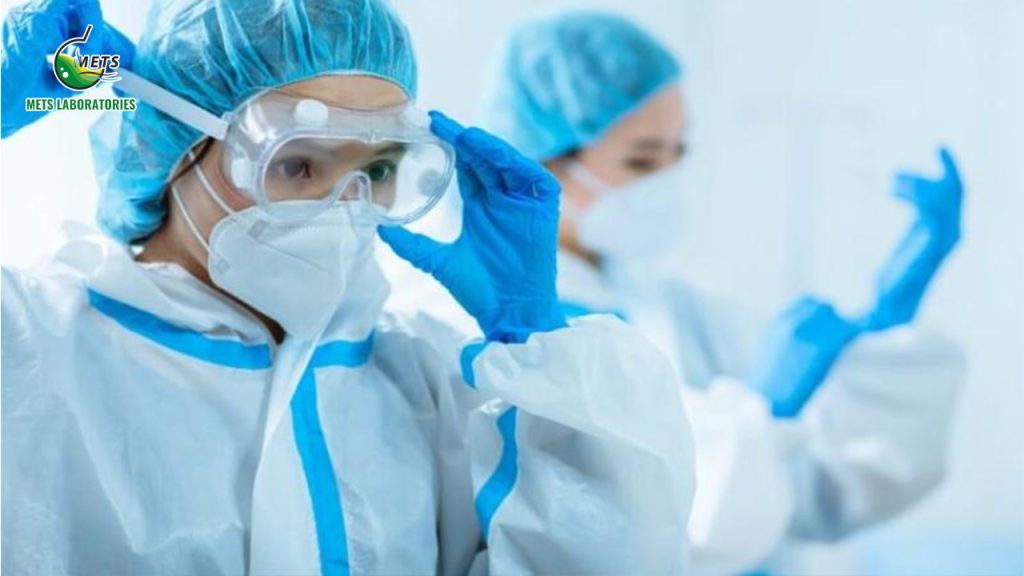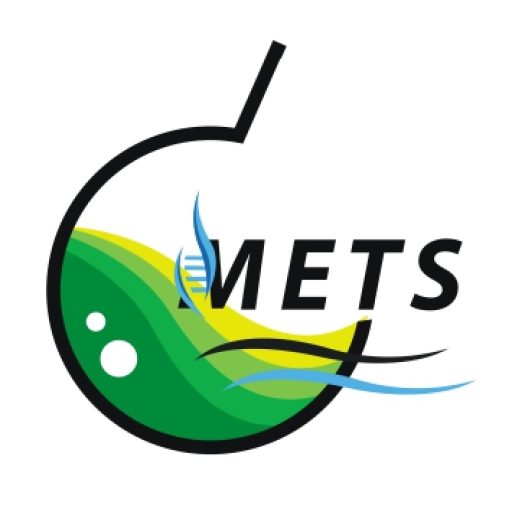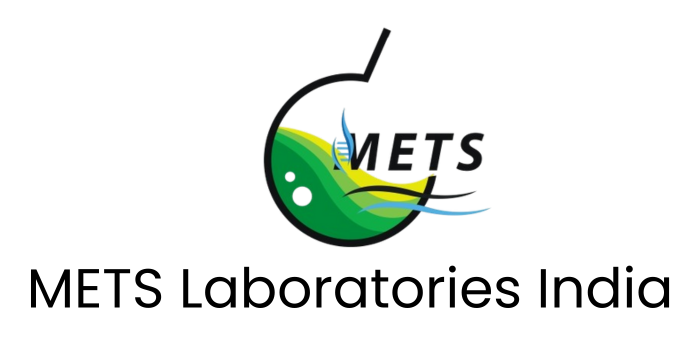
Personal Protective Equipment (PPE) Testing – METS Laboratories
PPE testing is the process of evaluating personal protective equipment to determine whether it meets specified safety, performance, and durability standards. This testing is typically conducted by certified laboratories and involves a series of mechanical, chemical, and environmental assessments.
The primary goal of PPE testing is to ensure that the equipment provides reliable protection under the conditions it is intended for. Testing can cover a range of PPE types, including:
- Respirators and masks
- Safety helmets and hard hats
- Eye and face protection
- Hearing protection (earplugs, earmuffs)
- Hand protection (gloves)
- Foot protection (safety shoes/boots)
- Protective clothing (coveralls, aprons, gowns)
Why PPE Testing Is Essential
1. Worker Safety
The most obvious and important reason for PPE testing is protection. Faulty or substandard PPE can lead to serious injuries, illnesses, or fatalities. Verified PPE ensures a higher level of safety for workers in hazardous environments.
2. Regulatory Compliance
Employers are legally required to provide PPE that meets national or international safety standards. In many countries, failing to use properly tested PPE can result in fines, lawsuits, or even shutdowns.
3. Quality Assurance
Manufacturers rely on PPE testing to verify that their products are reliable. This gives confidence to users and buyers that the equipment will perform as expected under stress.
4. Performance Verification
PPE might look robust externally but fail during real-world use. Testing simulates extreme conditions to verify that the product maintains its protective properties throughout its intended lifecycle.
Types of PPE Testing
1. Mechanical Testing
This involves evaluating the equipment’s ability to withstand mechanical forces like impact, penetration, compression, and abrasion. For example:
- Helmets are tested for impact absorption and resistance to penetration.
- Safety glasses are tested for high-velocity particle impact.
- Gloves may be tested for abrasion resistance, puncture resistance, and cut resistance.
2. Chemical Resistance Testing
Some PPE is intended to protect against hazardous chemicals. Testing ensures materials can resist degradation or penetration by substances like acids, solvents, or oils.
- Chemical-resistant gloves are tested according to EN 374 or ASTM standards for permeation and degradation.
- Protective suits are exposed to various chemicals to assess breakthrough time and integrity.
3. Biological Protection Testing
In sectors like healthcare, PPE must protect against viruses and bacteria. Testing includes:
- Bloodborne pathogen resistance
- Viral penetration tests
- Barrier efficiency
This was particularly important during the COVID-19 pandemic, especially for N95 respirators, gowns, and face shields.
4. Thermal and Flame Testing
PPE used by firefighters or welders must resist high temperatures and flames.
- Clothing may undergo vertical flame testing (ASTM D6413).
- Gloves and boots may be subjected to molten metal splash tests or heat transfer resistance.
5. Ergonomic and Comfort Testing
No matter how protective PPE is, if it’s uncomfortable or restricts movement, users may avoid wearing it. Ergonomic tests evaluate:
- Fit and sizing
- Weight distribution
- Breathability
Steps in the PPE Testing Process
- Prototype Development
Manufacturers design a PPE product based on intended usage and material selection. - Submission to Testing Lab
Samples are sent to a certified third-party testing lab. - Laboratory Testing
Tests are conducted per national or international standards. Data is collected on performance metrics like durability, filtration, impact resistance, etc. - Analysis and Reporting
Test results are analyzed and compiled into a report, detailing whether the product passed or failed each metric. - Certification and Labeling
If the product passes all required tests, it may receive certification (e.g., CE, NIOSH) and be labeled accordingly. - Ongoing Surveillance
Even after approval, products may be subject to random batch testing or field performance monitoring.
Common Challenges in PPE Testing
- Counterfeit Products: A growing concern in global markets. Counterfeit PPE may display fake certifications but fail under actual use.
- Changing Standards: Safety standards evolve over time. Manufacturers must stay up-to-date to ensure ongoing compliance.
- Complex Supply Chains: With global production, testing can become complicated across borders due to differing regulations.
- High Cost and Time: Comprehensive testing can be expensive and time-consuming, particularly for small manufacturers.
Future Trends in PPE Testing
1. Smart PPE
As wearable technology integrates into PPE (e.g., smart helmets, biometric sensors), testing must evolve to include electronic performance, battery safety, and data accuracy.
2. Sustainable Materials
As sustainability becomes a focus, eco-friendly materials must also meet safety standards. Testing will adapt to evaluate biodegradable, recycled, or organic PPE materials.
3. AI and Automation
Automated testing processes using AI and robotics are reducing human error and improving testing efficiency.
4. Personalization and 3D Printing
Customized PPE using 3D printing requires new methods of quality assurance and rapid prototyping testing.
Standards Governing PPE Testing
Various organizations around the world have developed standards for PPE. Compliance with these standards is often mandatory for manufacturing and selling PPE.
Some key organizations include:
NIOSH certifies respirators and other PPE used in occupational settings. NIOSH testing covers factors like filtration efficiency, breathability, and resistance to oils and particulates.
While OSHA doesn’t test PPE itself, it enforces regulations that require the use of NIOSH-certified or ANSI-compliant PPE.
ANSI sets standards for items like eye protection, head protection, and hearing protection. Examples include ANSI Z87.1 for eye protection and ANSI Z89.1 for hard hats.
Europe uses the CE marking system, which signifies that the PPE complies with EU health, safety, and environmental protection requirements. EN standards (like EN 166 for eye protection or EN 149 for filtering facepiece respirators) are strictly followed across the EU.
ISO develops global PPE standards covering everything from protective clothing (ISO 13688) to respiratory protective devices (ISO 16900 series).
Why METS Laboratories India Pvt. Ltd. ?
NABL accredited, METS LABORTORIES INDIA PVT.LTD can test to a variety of the established methods (e.g., ISO, ASTMD, AOAC, APHA, FSSAI, BIS,)
- Our laboratory conducts testing on a wide range of products, materials, and components to verify compliance with standards, specifications, and regulatory requirements. Our team is happy to provide expert advice and guidance to ensure the appropriate water testing is carried out for your needs.
- Our dedicated, experienced, and friendly team is here to help—providing expert knowledge, guidance, and access to cutting-edge water testing capabilities and technologies in our laboratory.
- We conduct comprehensive product evaluations for appearance, quality, and performance. Our technical support network provides expert guidance—answering questions, interpreting results, and assisting with quality assurance program management.
- We participate in inter-laboratory proficiency testing and comparative analyses to ensure accuracy, reliability, and compliance with industry standards.
- We implement and maintain rigorous ISO/IEC 17025:2017 accreditation, ensuring internationally recognized standards for testing competence, measurement accuracy, and operational excellence in every analysis.
- We maintain strict customer confidentiality by treating all data as proprietary information.
In high-risk environments, the right PPE can be the difference between safety and tragedy. However, protection is only as good as the verification behind it. PPE testing is not just a regulatory checkbox — it is a critical component of occupational health and safety.
For manufacturers, thorough testing builds trust and credibility. For employers, it ensures compliance and peace of mind. And for workers, it means the confidence to do their jobs knowing they are protected.
As technology and workplace demands evolve, so too must the standards and processes behind PPE testing. Continuous innovation, rigorous testing, and strict regulatory enforcement will remain key pillars in the pursuit of safer workplaces around the world.
What We Ensure?
- Data Integrity: Every result is generated and verified under strict quality assurance.
- Compliance: All tests conform to the latest regulatory and industry-specific guidelines.
- Transparency: Clear, easy-to-understand reports and consultation support.
- Confidentiality: Your data remains secure, private, and protected.
- Environmental Stewardship: Our labs follow eco-friendly practices and aim to minimize testing-related waste and emissions.
Who It’s For?
- Manufacturers, importers, and distributors of EEE products (e.g., electronics, cables, circuit boards, batteries).
- Industrial Facilities: To monitor effluents, emissions, and workplace safety
- Construction and Real Estate: For soil contamination, water logging, and indoor air quality
- Municipal Corporations: To assess urban air and water quality
- Schools, Hospitals & Hotels: For ensuring safe indoor environments
- Agricultural Communities: To test irrigation water and soil health
- NGOs & Research Institutions: For pollution studies and policy advocacy
- Citizens & RWAs: For local monitoring and complaint-based testing
Protect Consumers. Satisfy Authorities. Boost Market Confidence.
In today’s sustainability-driven world, businesses are held accountable by customers, investors, and regulators alike. METS Laboratories empowers you to:
• Protect your workforce and surrounding communities
• Achieve compliance with CPCB, SPCB, MoEF&CC, WHO, and ISO standards
• Build a reputation as an environmentally responsible brand
• Avoid costly penalties and legal action due to non-compliance
• Earn stakeholder trust with verified environmental claims and ESG reporting
Environmental testing isn’t just a legal formality—it’s a strategic asset.
Frequently Asked Questions
How do I book a test?
You can contact METS Laboratories via phone, email, or our website to schedule sampling or drop off a sample at our facility.
Is your lab accredited?
Yes, METS Laboratories is accredited under ISO/IEC 17025:2017.
How long does it take to get results?
Turnaround time depends on the parameters, but standard reports are typically delivered within 3–7 working days.
Do you provide on-site sampling?
Yes, we have trained field teams who follow strict SOPs for on-site sample collection.
Can I get help understanding the report?
Absolutely. We offer report interpretation and guidance on corrective actions or next steps.
What locations do you serve?
We serve clients across India and can coordinate with international partners when required.
Can you help with regulatory approvals?
Yes, our test reports are accepted by government authorities, and we can assist in documentation for environmental clearances.





